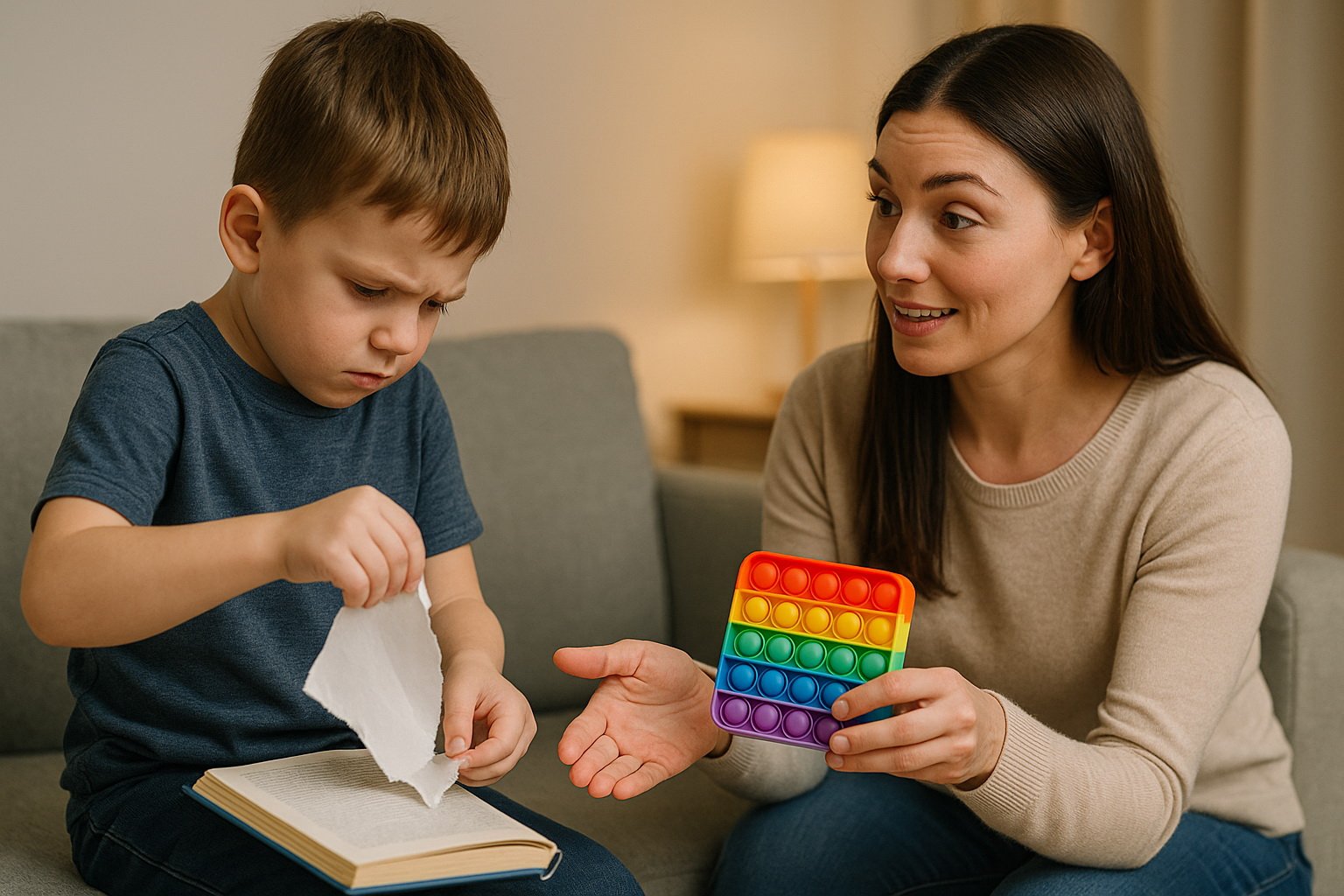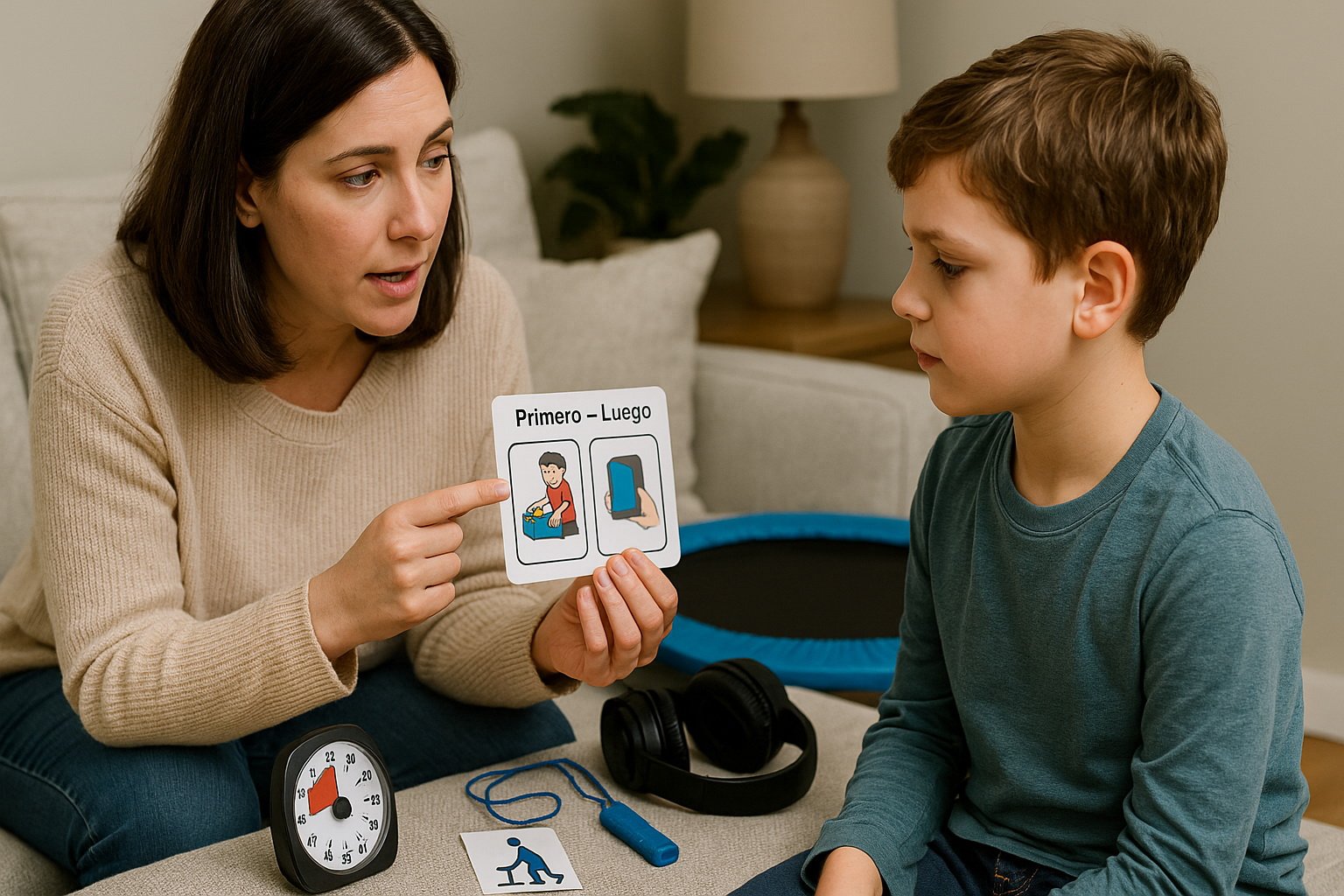A paradigm shift in parenting and education
For years, many families with children on the autism spectrum were advised to stick to a single language at home, based on the belief that learning more than one language could confuse them or delay their development. However, the most recent science is showing the opposite: multilingualism is not only harmless, it can also provide cognitive, social, and emotional benefits for children with autism.
Recent scientific evidence
Autism Research study (Romero et al., 2024)
A study published in Autism Research analyzed more than 100 children aged 7 to 12, with and without autism. The results were clear:
Multilingual children showed better performance in executive functions such as inhibition, task-switching (shifting), and perspective-taking.
These effects were even more pronounced in children with autism, suggesting that multilingualism acts as a natural reinforcement against the social and communicative challenges of ASD.
In addition, the researchers found that improvements in executive functions indirectly reduced core autism symptoms, such as difficulties in social communication or repetitive behaviors.
UCLA – University of Miami collaboration (2025)
A second international study confirmed these findings:
Better impulse control and selective attention in multilingual children.
Greater mental flexibility and empathy, thanks to the ability to take different perspectives.
In children with autism, the benefits were more marked in emotional and social regulation.
Lead researcher Adriana Romero summarized the results as follows:
“Speaking multiple languages strengthens key cognitive processes that are essential for daily life, and in autistic children this translates into better management of their symptoms.”
Longitudinal evidence on Theory of Mind (Peristeri et al., 2024)
A follow-up study with bilingual autistic children found that, at ages 9 and 12, they outperformed their monolingual peers on advanced Theory of Mind tasks, that is, the ability to understand complex thoughts and emotions in other people.
This confirms that the benefits of multilingualism go beyond cognition and extend into the social and emotional realm.
Recommendations for families and educators
Specialists agree that parents should not restrict the use of home or community languages. Instead, they recommend:
Fostering natural bilingual or multilingual environments, avoiding pressure but ensuring consistent exposure.
Valuing the family language, which strengthens cultural identity and a sense of belonging.
Leveraging language learning as a therapeutic resource, since executive functions are exercised in every linguistic interaction.
Monitoring individually, given that every child with ASD has their own pace and specific needs.
A cultural and cognitive asset
The scientific evidence is clear: multilingualism is not only safe, but can be a valuable asset in the development of children with autism.
Improvements in attention, mental flexibility, communication, and empathy add to the cultural and emotional richness that comes with speaking more than one language.
Today, families and schools have the opportunity to reframe bilingualism and multilingualism as allies in the inclusion and well-being of autistic children.
Sources:
Romero et al. (2024), Autism Research
UCLA Health / UCLA Newsroom (2025)












